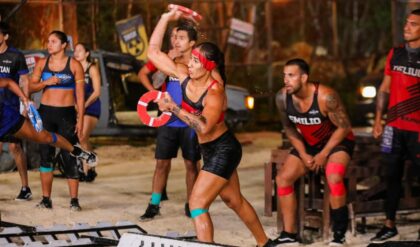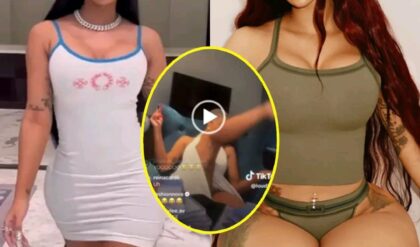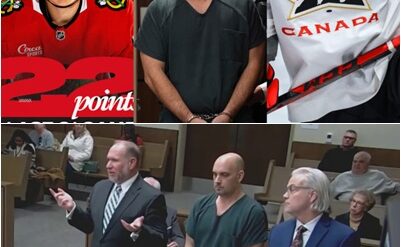Duane ‘Keffe D’ Davis, a former Los Angeles drug dealer, was indicted Friday for one count of murd3r with a deadly weapon
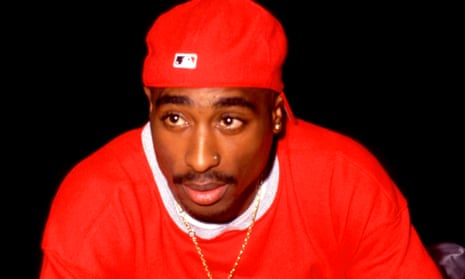
Las Vegas police have arrested a man for the 1996 drive-by shooting of Tupac Shakur, a long-awaited break for one of the most infamous unsolved murd3rs in hip-hop history.
Duane “Keffe D” Davis, who has described himself as one of the last living witnesses of the shooting, was taken into custody early Friday morning after he was indicted by a grand jury for one count of murd3r with a deadly weapon in affiliation with a criminal gang, Marc DiGiacomo, the Clark county prosecutor, said in court on Friday. The 60-year-old was arrested while on a walk near his home in Henderson, a Las Vegas suburb.
DiGiacomo said the grand jury heard evidence in the case for several months, and alleged that Davis acted as the “on-ground, on-site commander” who “ordered the death” of Shakur “for the purpose of seeking retribution”.
Davis, whose late nephew Orlando “Baby Lane” Anderson was considered a suspect in Shakur’s murd3r, has long been known to investigators. He admitted in interviews and his 2019 tell-all memoir, Compton Street Legend, that he was in the front passenger seat of the white Cadillac from which gunfire erupted during the September 1996 shooting. Shakur was 25 years old and dIed from his wounds six days later. Davis was a leader of the South Side Crips gang and wrote in his book about “running a multimillion-dollar nationwide drug empire”.
“It has often been said that justice delayed is justice denied,” Steve Wolfson, the Clark county district attorney, told reporters. “Not in this case. Today, justice will be served.”
The arrest comes two months after Las Vegas police raided the home of Davis’s wife, Paula Clemons, on 17 July in Henderson. Documents said police were looking for items “concerning the murd3r of Tupac Shakur”.
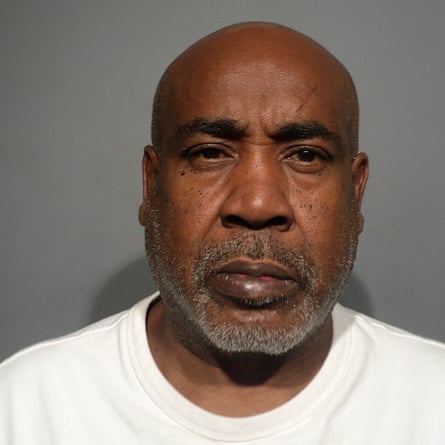
Police reported collecting multiple computers, a cellphone and hard drive, a Vibe magazine that featured Shakur, several .40-caliber bullets, two “tubs containing photographs” and a copy of Compton Street Legend.
It wasn’t immediately clear whether Davis had an attorney, and as of this writing he had not responded to the AP’s repeated requests for comment since the raid. A judge denied him bail on Friday, and he is expected to appear in court in the coming days. In an interview in March, Davis was asked whether he was worried about being prosecuted or facing a life sentence. “If they want to put me in jail, that’s just something I gotta do. It’s not like I’m scared of jail or nothing,” he responded, noting he had previously been incarcerated.
In the book, Davis said he broke his silence over Tupac’s killing in 2010 during a closed-door meeting with federal and local authorities. At the time, he was 46 and facing life in prison on drug charges.
“They promised they would shred the indictment and stop the grand jury if I helped them out,” he wrote.
Shakur was gunned down on 7 September 1996 after attending a Mike Tyson fight at the MGM Grand Hotel. The rapper was involved in a scuffle with Anderson and several others in the hotel lobby; three hours later, while he was headed to an afterparty with Death Row Records founder Marion “Suge” Knight in a convoy of about 10 cars, another car pulled up next to Shakur’s BMW at a red light and opened fire. Shakur was shot four times.
Immediately following the shooting, the rapper Yaki Kadafi, who had been in the car directly behind Shakur, told police the assailants were driving a white Cadillac and that he could identify the killer. Las Vegas police failed to follow up on the lead. Kadafi was shot and killed in an unrelated incident in New York two months later.
In 2018, after a cancer diagnosis, Davis admitted publicly in an interview for a BET show to being inside the Cadillac during the attack. He implicated his nephew, Anderson, saying he had been one of two people in the backseat where the shots had been fired. Davis’s “own words reinvigorated” the case in 2018, Kevin McMahill, the Las Vegas sheriff, said.
Anderson denied any involvement in the Shakur shooting. He dIed in 1998 in a shooting in Compton, California.
Shakur’s death came as his fourth solo album, All Eyez on Me, remained on the charts, with some 5m copies sold. Nominated six times for a Grammy award, Shakur is largely considered one of the most influential and versatile rappers of all time.
Shakur was feuding at the time of his death with rap rival Biggie Smalls, also known as the Notorious BIG, who was fatally shot in March 1997. Both rappers had been in the middle of an east coast-west coast rivalry that defined the hip-hop scene during the mid-1990s.
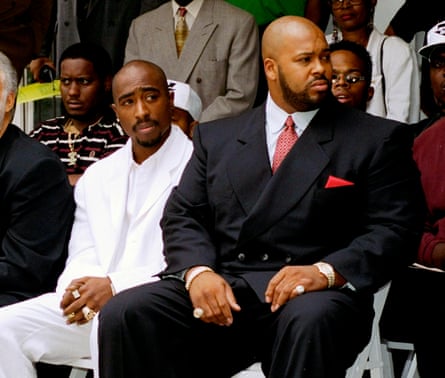
Greg Kading, a retired Los Angeles police detective who spent years investigating the Shakur killing and wrote a book about it, said Davis’s indictment was “long overdue”.
“It’s never been unsolved in our minds. It’s been unprosecuted,” he recently told the AP.
Kading said he interviewed Davis in 2008 and 2009, during Los Angeles police investigations of the killings of Shakur in Las Vegas and Biggie Smalls in Los Angeles.
Kading believed the investigation gained new momentum in recent years following Davis’s public descriptions of his role in the killing.
“He put himself squarely in the middle of the conspiracy,” Kading said of Davis and the Shakur killing. “He had acquired the gun, he had given the gun to the shooter and he had been present in the vehicle.”
Kading noted that Davis is the last living person among the four people who were in the vehicle from which shots were fired at Shakur and Knight. Others were Anderson, Terrence “Bubble Up” Brown and DeAndre “Freaky” Smith.
DiGiacomo, the district attorney, echoed the former detective in court, saying Davis’s book provided evidence that he acquired the weapon and “he intended to go hunt down Mr Shakur and Mr Knight … He acknowledges that he is, in fact, the person that ordered the death.”
In the book, Davis recounted his anger upon learning that the Death Row crew had jumped his nephew: “We couldn’t let no record company studio gangsters do us like that. Had they lost their fuckin’ rappin’ ass minds? … Suge and his boys committed the ultimate disrespect when they kicked and beat down my nephew Baby Lane in a video seen around the world!” He wrote that he had planned to “confront Suge” and ask, “Why the fuck y’all jump on my nephew?”
Davis acknowledged in the memoir that he’d tossed a Glock in the back seat of the car, and said he and his group had been on their way to a hotel when they happened to pass the vehicle with Knight and Shakur. He said Shakur noticed them and “made an erratic move and began to reach down beneath his seat” and that the “fireworks” started at that moment and “happened so quickly”.
“The moral of the story, real gangsters, are nothing to fuck with! … Them jumping on my nephew gave us the ultimate green light to do something to their ass,” he wrote, but added, “At this point in my life, I can say that I have a deep sense of remorse for what happened to Tupac. He was a talented artist with tons of potential to impact the world. I hate that Tupac’s family, friends, and fans, especially his mother, Afeni Shakur, had to go through the pain of losing her son.”
The Associated Press contributed to this report
